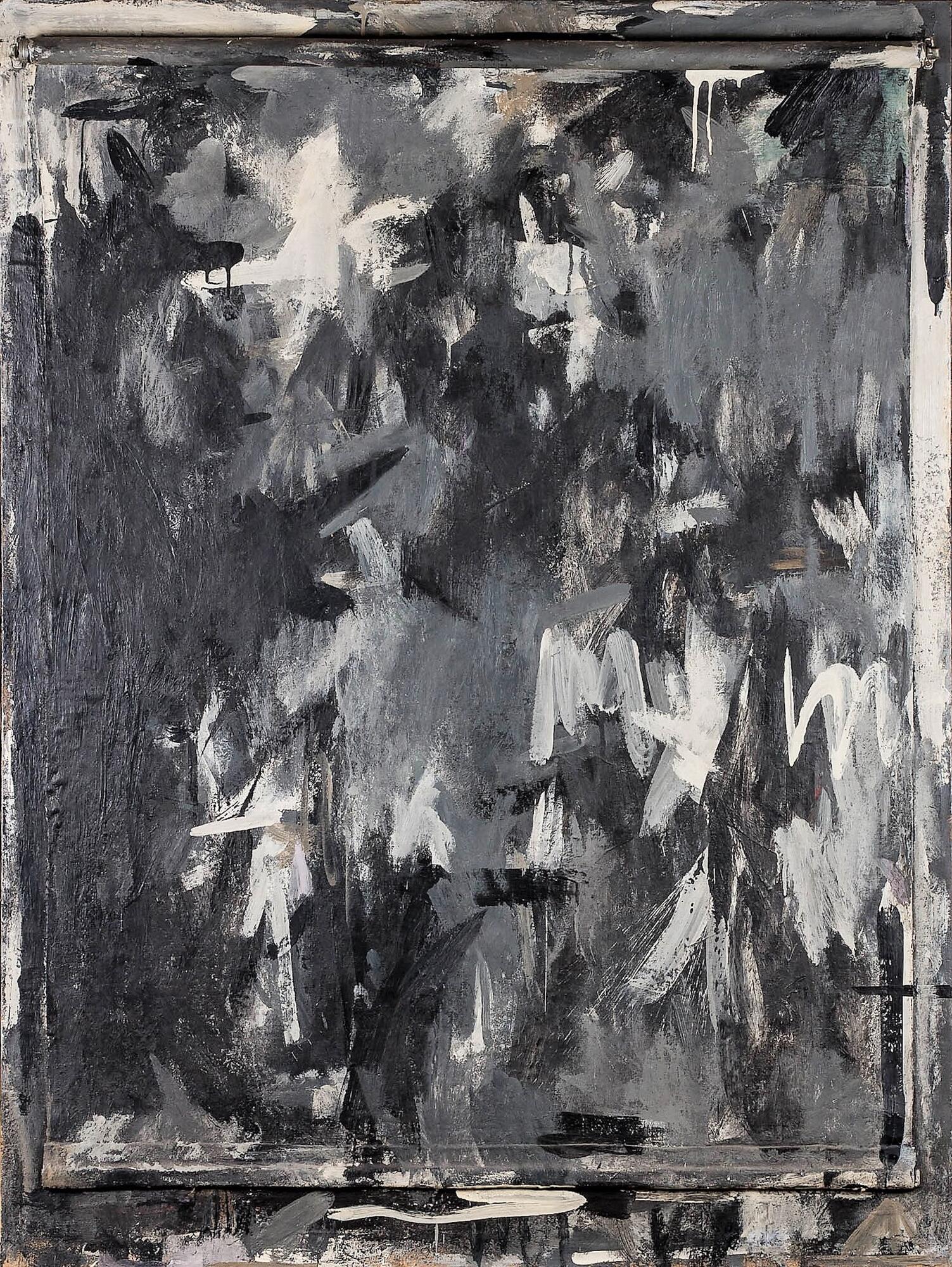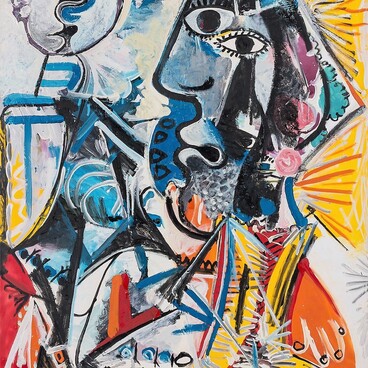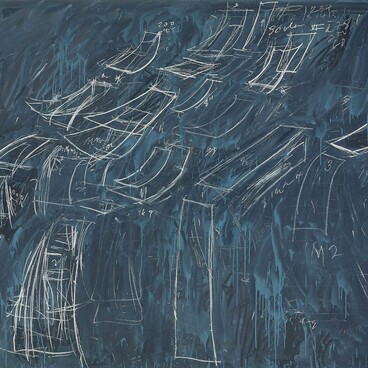In 1948, he moved to New York, where he began experimenting with contemporary art approaches. There he met Robert Rauschenberg, a representative of abstract expressionism, conceptual and pop art, who is considered the inventor of the Combine painting. Rauschenberg and Andy Warhol had a great influence on Johns’s work.
Pop art is a trend in the visual arts of Western Europe and the United States, which arose in the late 1950s and 1960s as an opposing reaction to abstract expressionism. The followers of Pop Art depicted consumer goods and used them as the main subject of their works.
In his youth, Johns also became interested in the ideas of the French and American artist, art theorist and chess player Marcel Duchamp, whose work is associated with the beginning of Surrealism. Johns was also interested in the emerging pop art style. During that period, he created his most famous painting “Flag!” based on the artist’s dream about the American flag. In his work, he used the encaustic technique, in which wax is used as a binder for paints. Johns also used oil and newspaper collage on three separate canvases placed on a plywood board.
In his further work, Johns used the image of the American flag more than once. The artist also transformed the appearance of easily recognizable objects — cards, shooting targets, and numbers. These objects attracted him since these signs were familiar and at the same time had many meanings.



